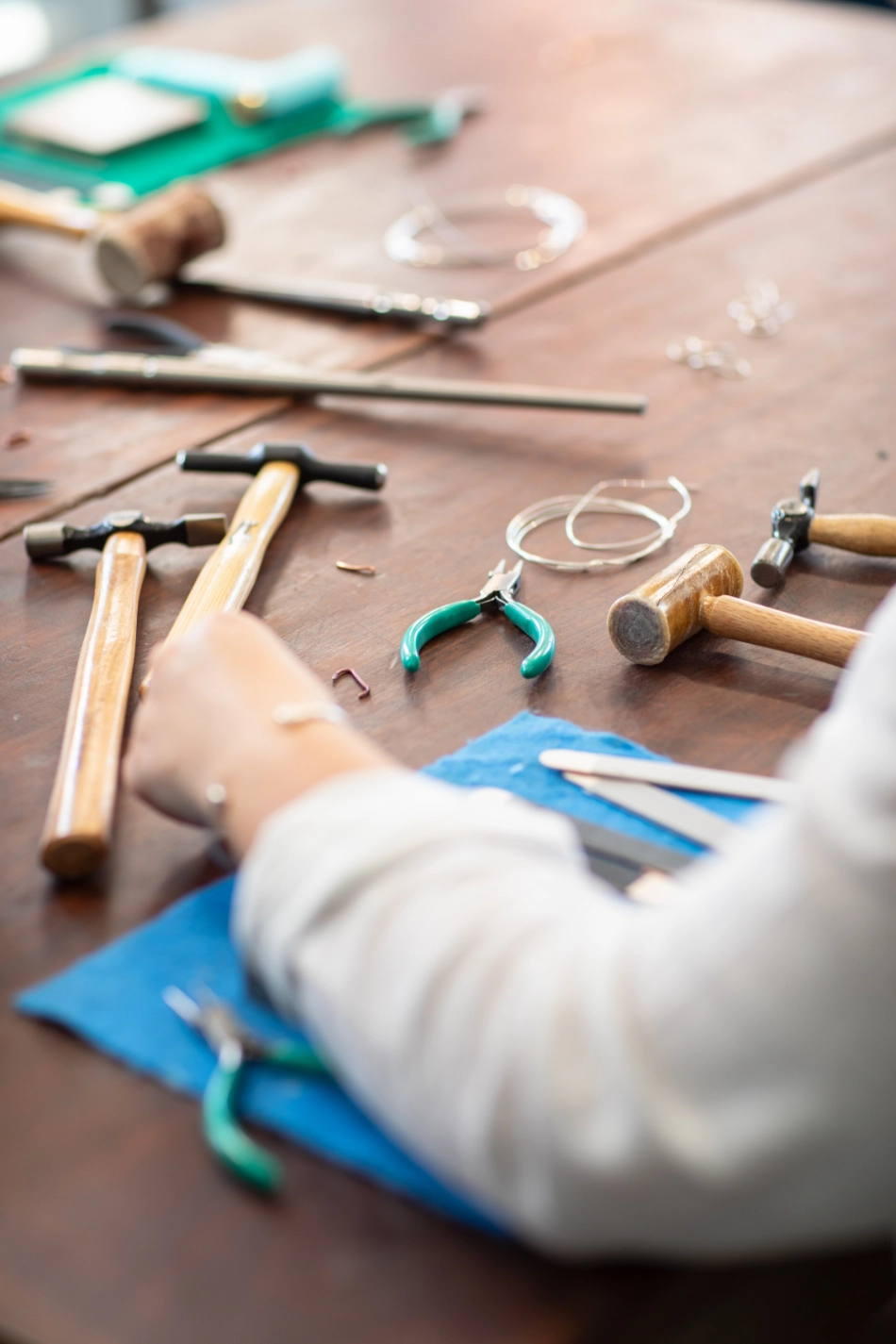Craft Matters: Why Birmingham’s New Title — and the Red List — Should Make Us All Pause
There’s something deeply reassuring about making something with your hands — shaping metal, threading a needle, or carving a design out of wax. In a world that’s always in a rush, craft gives us a slower rhythm, a gentler pace. And this month, the world of craft has been given two reasons to shine.
First, Birmingham has officially been named the UK’s first Craft City. It’s a fitting title for a place that’s been shaped — quite literally — by makers. The Jewellery Quarter alone has over 200 listed buildings, many with workshops still echoing with the sound of tools on metal. I send all my work to the Birmingham Assay Office to be hallmarked — a small stamp with a big meaning. It’s a nod to tradition, trust, and the generations of jewellers who’ve gone before me.
But while some crafts are thriving, others are slipping away. This month also saw an update to the Red List of Endangered Crafts from Heritage Crafts. It’s a sobering document that tracks traditional skills at risk of dying out — and it’s not just the ones you’d expect.
Some, like bell founding, bagpipe making and wheelwrighting, have been teetering for years. But there are others, more surprising:
- Gold beating — the ancient art of hammering gold into fine leaf
- Block printing on textiles
- Corn dolly making
- Even some forms of saw-making and tool sharpening
What all these crafts have in common is simple: they require time, skill, and someone to teach them.
And that’s where makers — and their customers — come in.
Every time someone chooses a handmade piece of jewellery, signs up to a workshop, or supports a craftsperson, they’re helping keep those skills alive. It’s not just about objects — it’s about knowledge. We learn by doing, by watching, by passing on stories. And once a craft is lost, it’s very hard to bring it back.
In my own work, I still use techniques that would feel familiar to a Victorian jeweller: piercing with a saw, soldering by hand, casting from wax, and carefully filing each edge. It’s not always the quickest way. But it means every piece I make carries a little weight of history — and a lot of care.
Craft connects us to place, to people, and to something bigger than ourselves. It’s a quiet kind of magic, and one that’s well worth celebrating — and protecting.
Want to learn more or get involved?
- Read the full Red List of Endangered Crafts here - Endangered Crafts
- Explore Birmingham’s new role as Craft City via Crafts Council
- Or pop over to my Workshops page to see how you could try your hand at a little jewellery making yourself.


